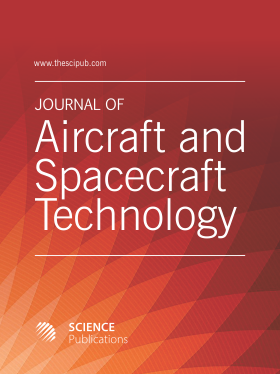Presentation of the New Invention of an Emergency System that Saves an Airplane after an Accident or Failure with a Navigation Application of the New Invention about Rotating Objects
- 1 Independent Researcher, Morocco
Abstract
Airplanes are nowadays the main transport solution for travelers and this makes aviation one of the most important and strategic social and economic fields. However, tragedies of airplane incidents can happen because of human or technical faults or even bad weather which threatens this field. Furthermore, these aviation incidents are very deadly and the current aviation safety measures and technologies are not enough in order to completely succeed in the rescue of travelers, pilots and cargo of an airplane in free fall in the air. Many inventions are proposed as solutions for the safety of these airplanes but their application is difficult and requires the rebalancing of the aircraft in free fall which is a hard task. This study aims to present a summary of the new invention in aviation which was accepted in the Moroccan Office of Industrial and Commercial Property (OMPIC) in Morocco. This invention enables the rescue in air in case of an accident or failure in an airplane. Current technological advances in fuel propulsion power and material strength make this invention summarized here possible to save hundreds of lives every year. This article explains also a new proposed navigation system based on a second invention filed in the same Moroccan Office of Patents which can be very useful for aircraft and even other vessels like submarines. This navigation system based on principles of the compass is a very cheap computerized analysis and control system which, compared to other declared benchmarks, can make airplanes achieve navigation more independent from terrestrial control stations and satellites and can significantly enhance future autopilot systems. The students and even the experts are therefore invited to understand both these two inventions since the presented methods can be used even in other inventions in different fields regarding moving objects. The specialists in aviation will also find in this article a new opportunity to enhance the safety measures and technologies of this important field of transport.
References
DOI: https://doi.org/10.3844/jastsp.2024.4.13

- 7,185 Views
- 2,073 Downloads
- 0 Citations
Download
Keywords
- Aircraft
- Airplane
- Aerospace
- Aviation
- Navigation
- Method
- Compass
- Inclinometer
- Reference Frame
- Rotations
- Thruster
- Computerized System
- Moving Objects
- Geoscience
- Invention
- Patent
